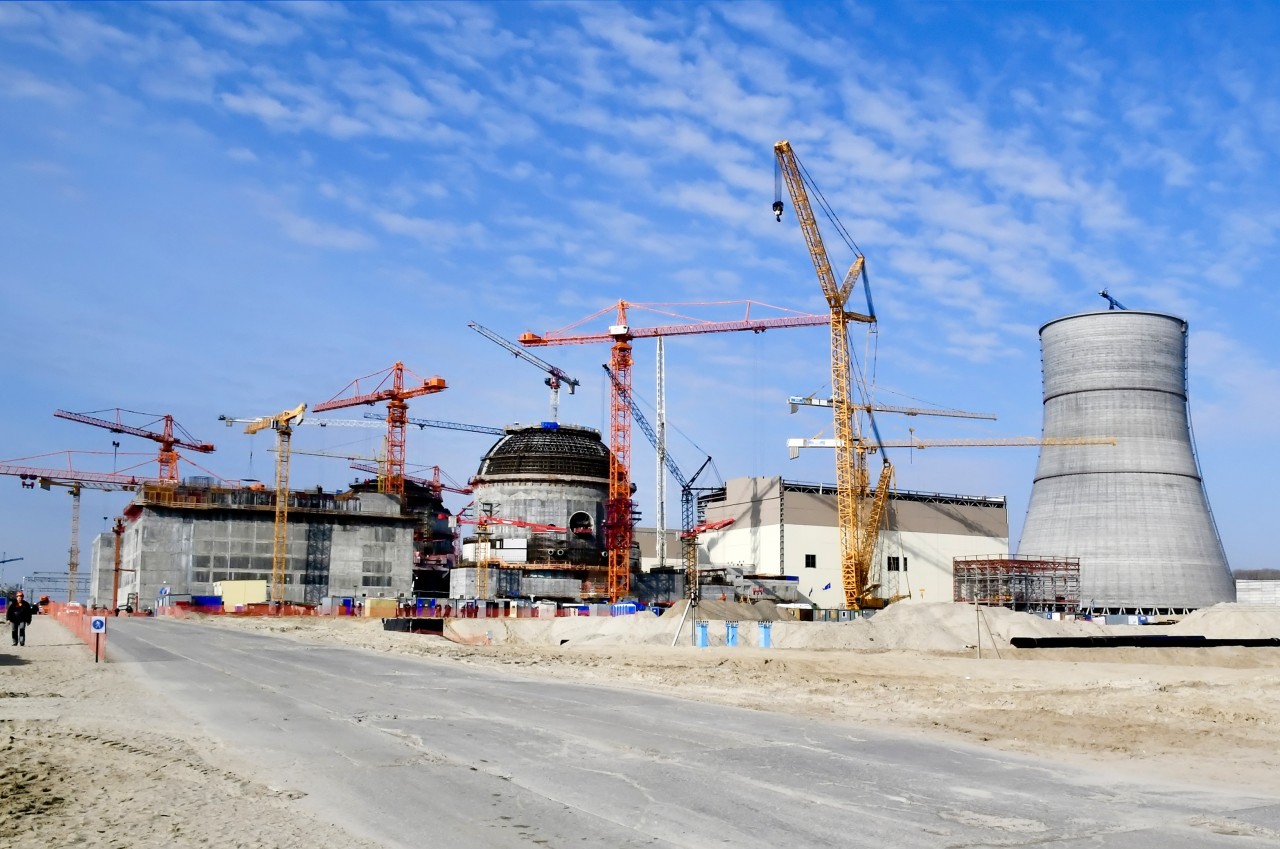 At the construction site of Russia’s Kursk-II NPP, Rosatom specialists have installed the last structural elements of the VVER-1200 reactor for unit 1. When assembled it weighed 671 tonnes with a length of 19.3 metres, and a diameter of 4.8 metres. The test assembly is a key operation needed to check the assembly of all manufactured internals and the reactor head with the reactor pressure vessel.
At the construction site of Russia’s Kursk-II NPP, Rosatom specialists have installed the last structural elements of the VVER-1200 reactor for unit 1. When assembled it weighed 671 tonnes with a length of 19.3 metres, and a diameter of 4.8 metres. The test assembly is a key operation needed to check the assembly of all manufactured internals and the reactor head with the reactor pressure vessel.
Inside the reactor vessel there is an internal shaft weighing 76 tonnes, designed to accommodate the core and organise the coolant flow; a baffle (37 tonnes) necessary to form the energy release field, distance the fuel assemblies and limit the effect of neutron radiation on the vessel; and a block of protective pipes (69 tonnes), which provides compression and spacing of fuel assemblies in the reactor grid, fixation of fuel assemblies in the working position and protection of absorber rods of the control and protection system.
An upper block with a cover is installed on top of the block of protective tubes.
First Deputy Director for Construction of New Power Units at Kursk NPP Andrey Osharin explained that optimisation of the reactor assembly check stage significantly reduces the time and simplifies the installation of the reactor plant. “The next stage in working with the reactor is the installation of guide systems for centring the upper unit and the inner vessel shaft, he said. “After the work on welding the guides of the alignment system is completed, work will be carried out to move the internal devices to the inspection shafts to ensure the fuel load of the core and move on to the next stages of putting the unit into operation.”
Before assembling the reactor, every detail of its body was tested for compatibility with each other explained Evgeny Nedelin, Chief Engineer of JSC Energospetsmontazh, which carried out the installation work. “When assembling the reactor, a polar crane and a universal traverse were used so that we could install large-sized equipment such as an internal shaft, a baffle and a block of protective pipes. In the unit 1 reactor vessel, the number of welded joints was reduced from six to four. This was achieved by combining the support shell with the shell of the pipe zone, as well as by combining the upper and lower shells of the reactor vessel.”
Image courtesy of Rosatom



